COURSE OVERVIEW
ME0990 : Bolted Flange & Gasket Design & Stress Analysis (ASME/ANSI)
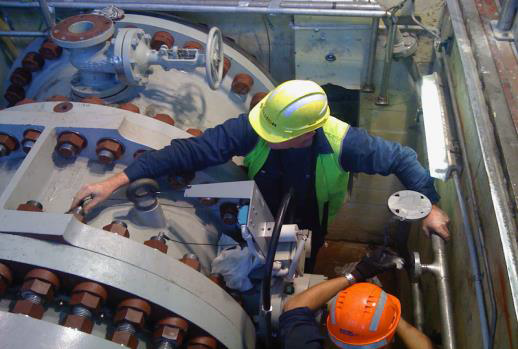
OVERVIEW
| COURSE TITLE | : | ME0990 : Bolted Flange & Gasket Design & Stress Analysis (ASME/ANSI) |
| COURSE DATE | : | Jul 06 - Jul 10 2025 |
| DURATION | : | 5 Days |
| INSTRUCTOR | : | Mr. Rod Larmour |
| VENUE | : | Istanbul, Turkey |
| COURSE FEE | : | $ 6000 |
| Request For Course Outline | ||
Course Description
This practical and highly-interactive course includes practical sessions and exercises. Theory learnt will be applied using our state-of-the-art simulators.
In this course, we shall be analyzing the riveted and bolted joints used in the oil refineries for jointing of pipes & plates, for the blinding of pipes, pressure vessels and heat exchangers.
The selection of pipe flanges is well documented in the ASME code and is fairly straight forward when pressures and temperatures are known. Use of the code makes the specific selection of components such as flanged valves, meters, pumps and compressors also fairly straight forward in most instances.
As a piping designer or engineer it is, however, essential to have an understanding of the flange joint make-up as a unit. To this end, it is essential to understand the meaning of bolt preload and its importance in the flange joint, when considering external loadings due to (1) internal pressure, (2) cyclic conditions- leading to possible fatigue, (3) the effect of temperature, (4) shear and bending loads, and (5) vibration.
Material selection will also be discussed. Once materials have been selected for flanges, bolts and gasket, for a particular joint, the engineer should be able to specify and/ or calculate initial torque requirements and to ensure that the joint will not fail or leak.
The aspect of fatigue loadings will be covered, however in practice the cyclic conditions encountered can be extremely difficult to estimate. An example of a pipeline in Alaska will be discussed in this regard. Sometimes, at best, a designer/ engineer can only make assumptions (and judgments based on experience), regarding expected vibration. Accurate bending and shear loads on flange joints can sometimes only be established from a pipe stress analysis programme.
Only in special instances will a full finite element analysis have to be carried out for a critical joint. This is best left to the specialists and in this course no attempt will be made to teach the participants the FEA techniques (e.g. Nuclear Specials).
However, research will be discussed to illustrate the process and to give the participants some understanding of FEA techniques when applied to a flange joint. When a flange joint is subjected to critical high temperature and pressures it is always recommended to give the design to a specialist who has the necessary software available.
Circular flat plates will be analyzed and compared to blind flanges, and pressure vessel heat exchanger applications.
link to course overview PDF
In this course, we shall be analyzing the riveted and bolted joints used in the oil refineries for jointing of pipes & plates, for the blinding of pipes, pressure vessels and heat exchangers.
The selection of pipe flanges is well documented in the ASME code and is fairly straight forward when pressures and temperatures are known. Use of the code makes the specific selection of components such as flanged valves, meters, pumps and compressors also fairly straight forward in most instances.
As a piping designer or engineer it is, however, essential to have an understanding of the flange joint make-up as a unit. To this end, it is essential to understand the meaning of bolt preload and its importance in the flange joint, when considering external loadings due to (1) internal pressure, (2) cyclic conditions- leading to possible fatigue, (3) the effect of temperature, (4) shear and bending loads, and (5) vibration.
Material selection will also be discussed. Once materials have been selected for flanges, bolts and gasket, for a particular joint, the engineer should be able to specify and/ or calculate initial torque requirements and to ensure that the joint will not fail or leak.
The aspect of fatigue loadings will be covered, however in practice the cyclic conditions encountered can be extremely difficult to estimate. An example of a pipeline in Alaska will be discussed in this regard. Sometimes, at best, a designer/ engineer can only make assumptions (and judgments based on experience), regarding expected vibration. Accurate bending and shear loads on flange joints can sometimes only be established from a pipe stress analysis programme.
Only in special instances will a full finite element analysis have to be carried out for a critical joint. This is best left to the specialists and in this course no attempt will be made to teach the participants the FEA techniques (e.g. Nuclear Specials).
However, research will be discussed to illustrate the process and to give the participants some understanding of FEA techniques when applied to a flange joint. When a flange joint is subjected to critical high temperature and pressures it is always recommended to give the design to a specialist who has the necessary software available.
Circular flat plates will be analyzed and compared to blind flanges, and pressure vessel heat exchanger applications.
TRAINING METHODOLOGY
This interactive training course includes the following training methodologies:
LecturesPractical Workshops & Work Presentations
Hands-on Practical Exercises & Case Studies
Simulators (Hardware & Software) & Videos
In an unlikely event, the course instructor may modify the above training methodology for technical reasons.
VIRTUAL TRAINING (IF APPLICABLE)
If this course is delivered online as a Virtual Training, the following limitations will be applicable:
| Certificates | : | Only soft copy certificates will be issued |
| Training Materials | : | Only soft copy materials will be issued |
| Training Methodology | : | 80% theory, 20% practical |
| Training Program | : | 4 hours per day, from 09:30 to 13:30 |
RELATED COURSES
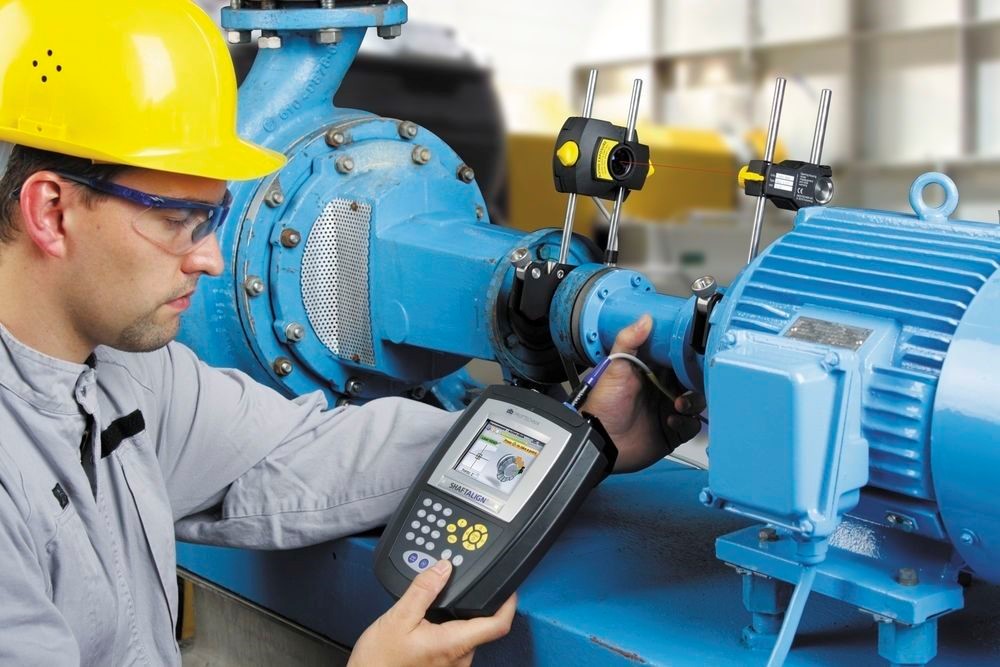
ME0382 : Couplings & Shaft Alignment
- Date: Dec 21 - Dec 25 / 3 Days
- Location: Istanbul, Turkey
- Course Details Register
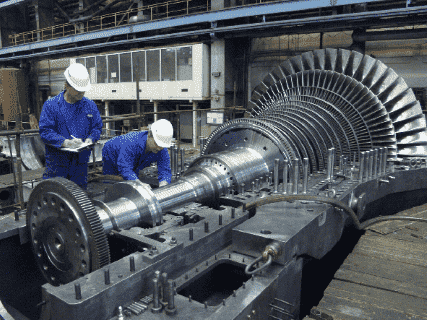
ME0015 : Centrifugal Compressor & Steam Turbine Design, Performance, Operation, Maintenance & Troubleshooting
- Date: Dec 21 - Dec 25 / 3 Days
- Location: Doha, Qatar
- Course Details Register
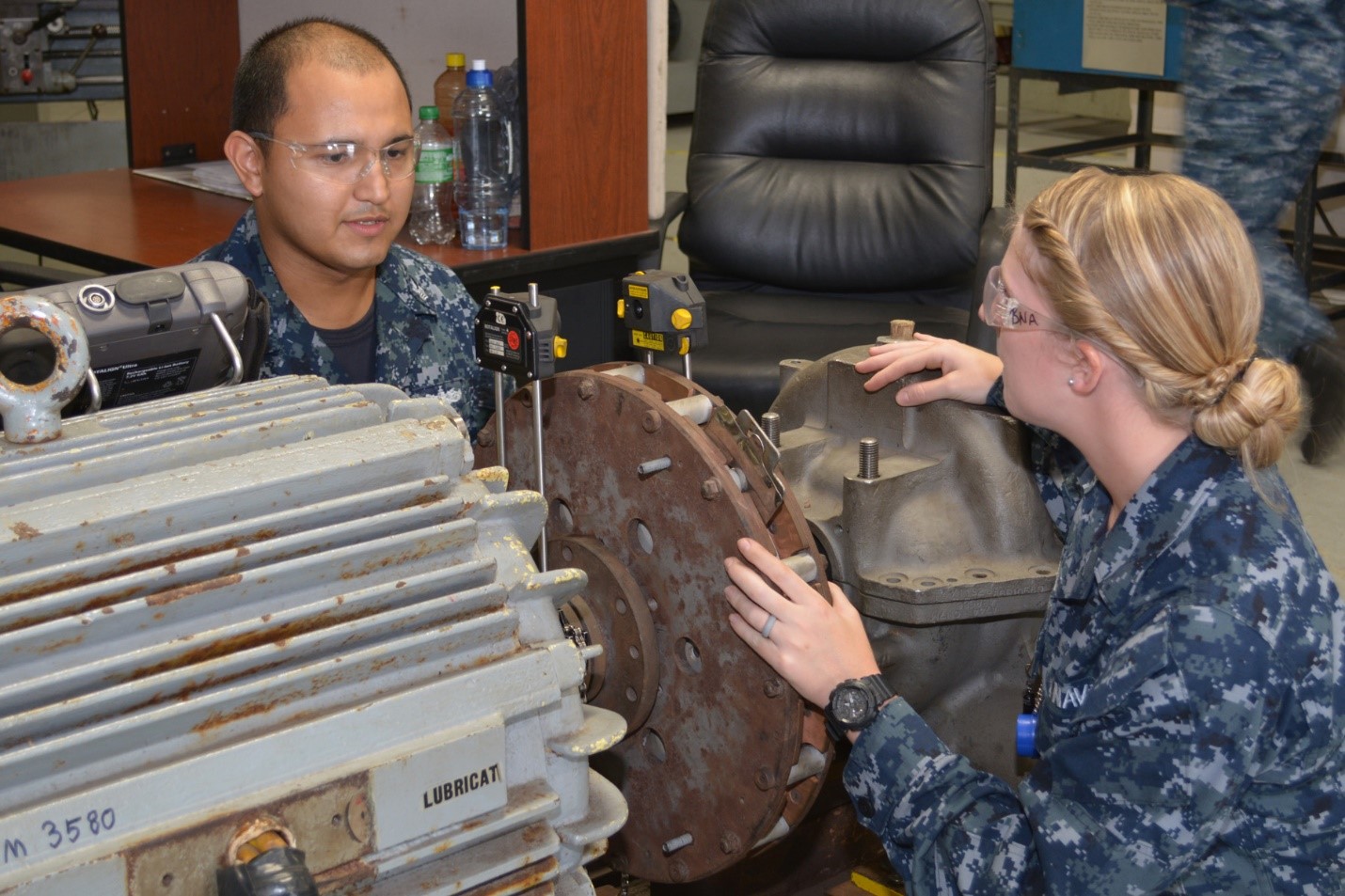
ME0375 : Pump Selection, Installation, Operation, Performance, Control, Maintenance & Troubleshooting
- Date: Dec 21 - Dec 25 / 3 Days
- Location: Dubai, UAE
- Course Details Register
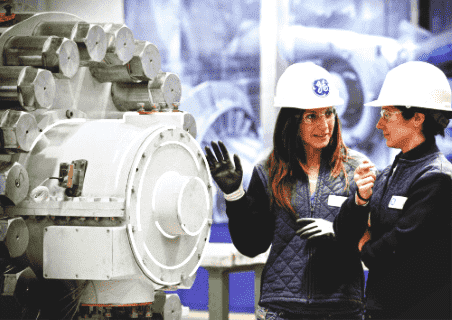
ME0615 : Pumps & Compressors: Operation, Maintenance & Troubleshooting
- Date: Dec 21 - Dec 25 / 3 Days
- Location: Istanbul, Turkey
- Course Details Register
